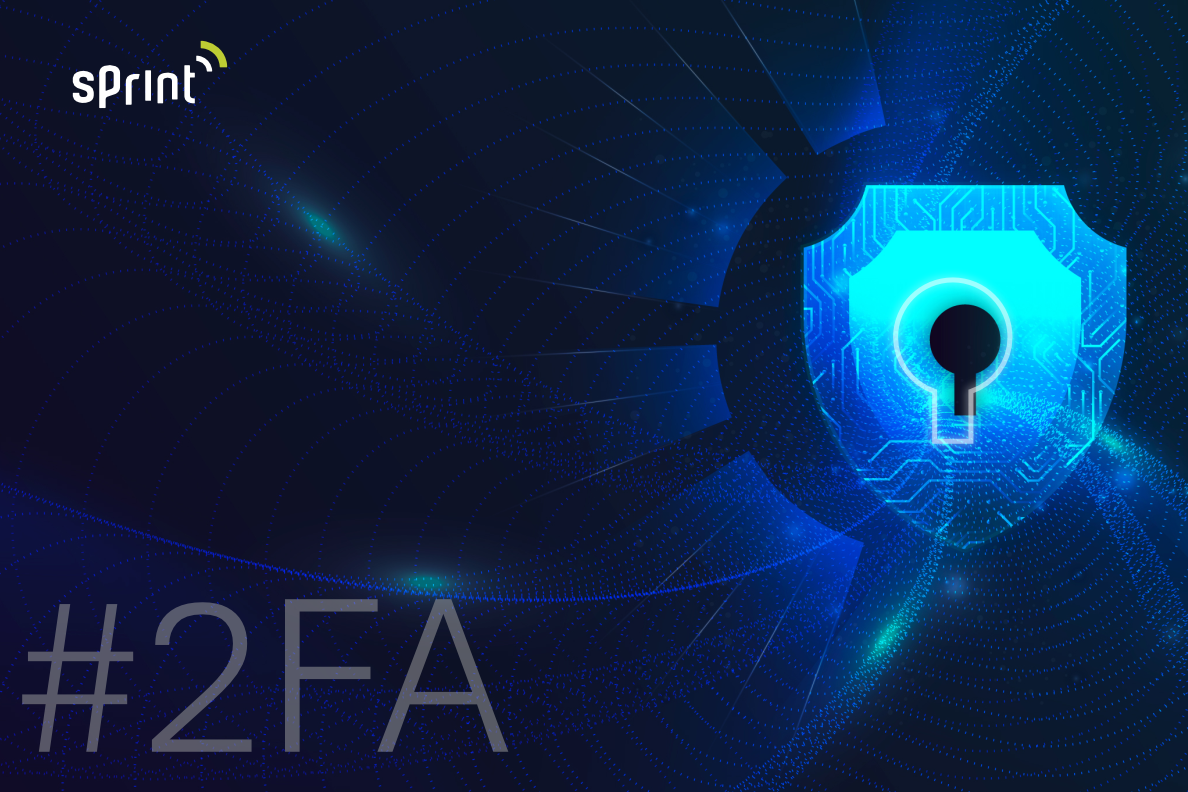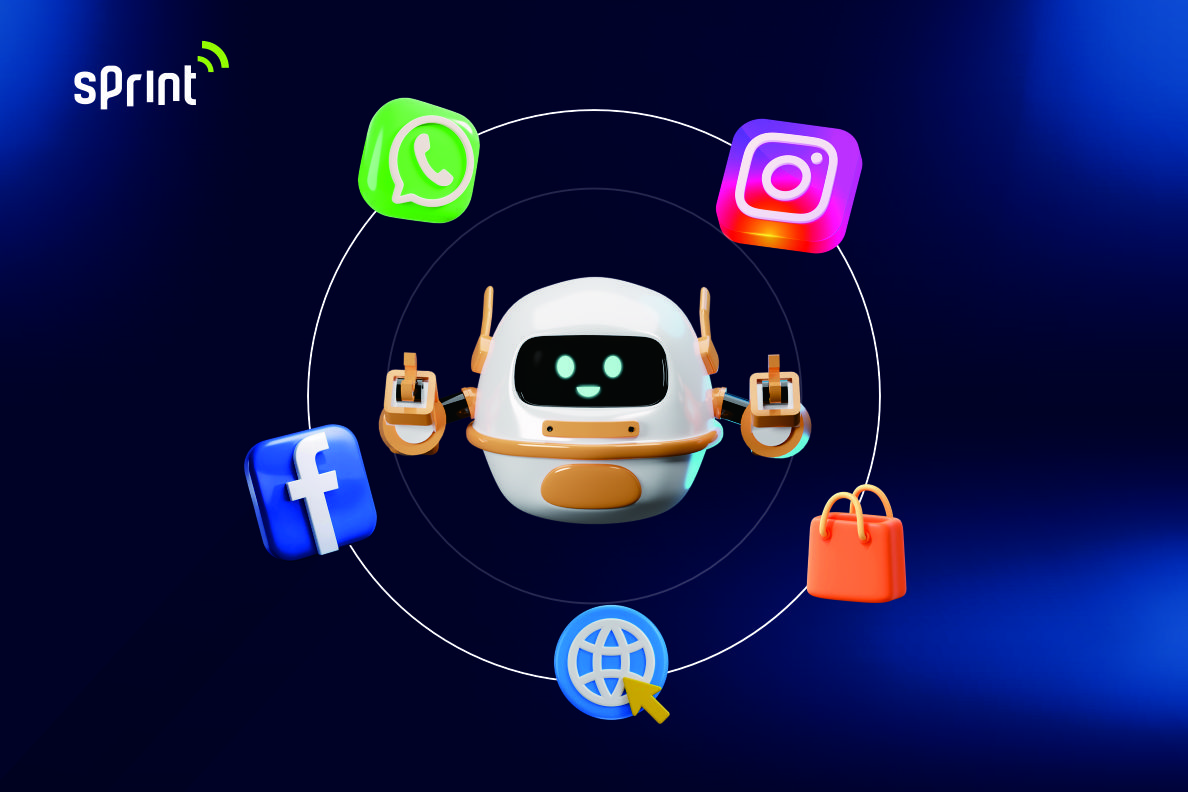2FA or 2 Factor Authentication as Additional Protection

2FA or 2 Factor Authentication is an identity and access security method that requires two forms of identification for your data and accounts. With 2FA, businesses can monitor and help protect vulnerable information that will likely be misused.
2 Factor Authentication works by providing an extra layer of protection over just one factor such as a password. With 2FA, even if your password is stolen, your account will still be safe because it requires an additional factor that only you have.
Factors Used
In 2FA, the factors used for authentication usually fall into three main categories. Each of these factors adds layer of security by relying on something the user has or knows, or something inherent to the user biologically. The following is an explanation of these factors:
- Something You Know
This factor relies on information that only the user knows. The most common examples are:- Password: a combination of letters, numbers, and symbols known only to the user.
- PIN (Personal Identification Number): A personal identification number that usually consists of 4 to 6 digits.
- Security Question Answers: Specific information known only to the user, such as the birth mother’s name or first pet.
- Something You Have
This factor relies on a physical object owned by the user. Examples include:- Cell phone or Smartphone: Used to receive verification codes via SMS from authenticator apps.
- Security Token: A physical device that generates a one-time code (One-Time Password, OTP) or uses a specific protocol for authentication.
- Identity Card or Smart Card: A physical card must be inserted into a card reader to authenticate.
- Authenticator App: Apps such as Google Authenticator or Authy generate an OTP code that changes every few seconds.
- Something You Are
This factor relies on the user’s unique biological characteristics. Frequently used examples are:- Fingerprints: The use of fingerprint scanners for identity verification.
- Facial Recognition: Technology that recognizes a user’s face for authentication.
- Iris: Iris scanner that verifies identity-based on iris patterns.
- Voice: Use of voice recognition for authentication.
Advantages of Using 2FA
- Higher security
With 2FA, even if your password is stolen, attackers still need a second factor to access your account. - Protection against phishing attacks
2FA helps protect against phishing attacks where attackers try to steal your password. - Reduced risk of data breaches
2FA lowers the risk of breaches that can be costly to individuals and organizations. - Regulatory Compliance
Many regulations and industry standards now require the use of 2FA to secure sensitive information.
2FA Implementation Example
- Banking: When logging into an online banking account, the user enters a password and then receives an OTP code on their phone.
- Email: To access an email account, users enter a password and then verify their identity with an authenticator app that generates an OTP code.
- Social Media: Users enter a password to log in to a social media account and are then asked to verify their identity with a fingerprint or facial recognition on their smartphone.
Conclusion
Two-factor authentication (2FA) utilizes a combination of these factors to improve security. By using more than one factor, 2FA ensures that even if one factor is compromised, an attacker still needs additional factors to gain access. This technology has also been adapted to the Sandeza Integrated dashboard page. When a user wants to access the Sandeza Integrated dashboard, the system will ask the user to enter the OTP that has been sent via email or SMS as additional protection. Interested in learning more about Sandeza? Contact us here.




